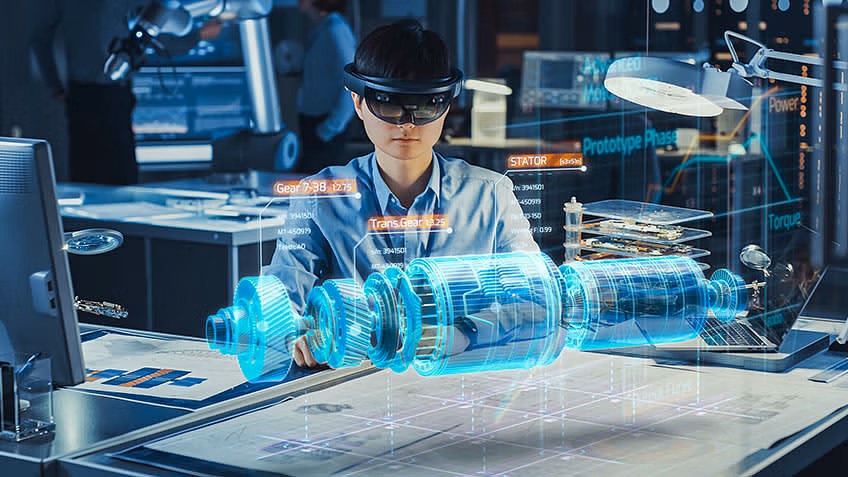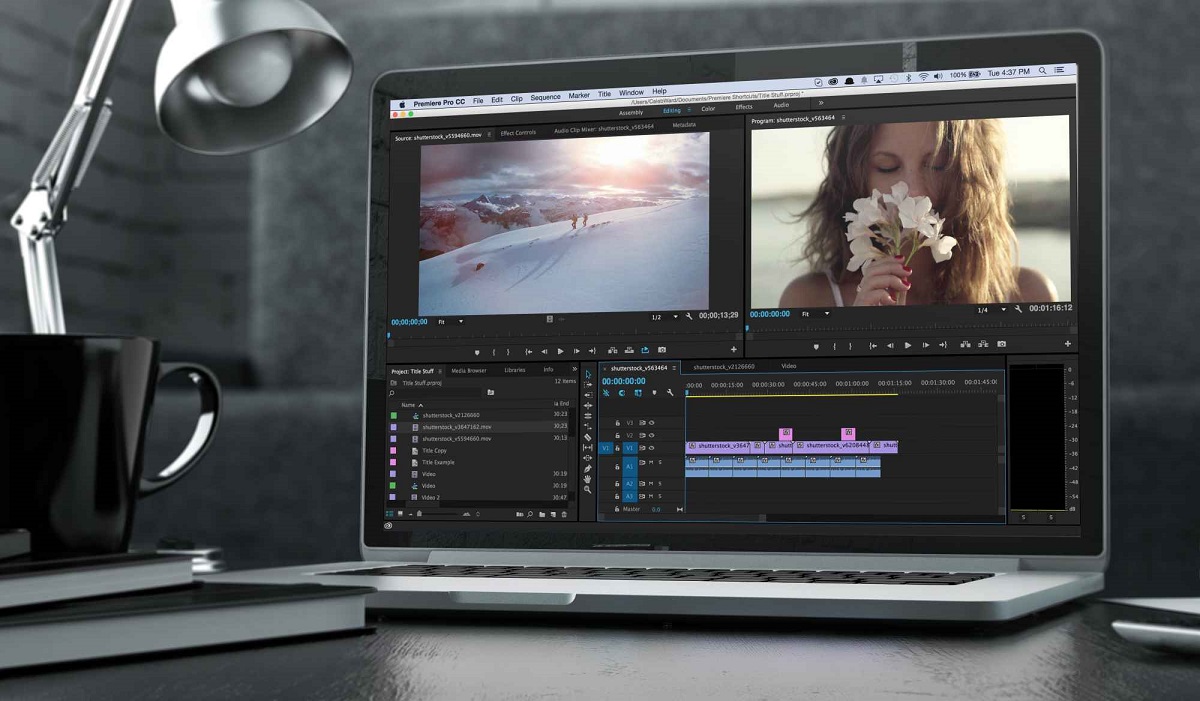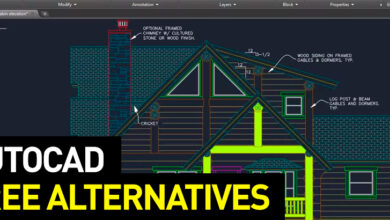The Significance Of Prototyping Used In Mechanical Design

Prototyping in mechanical design is an important part during the product design process, and without it, you’re relying on assumptions. Prototyping allows you to physically test your design and make sure it’s working properly before you send it off to manufacturing.
Prototyping is a crucial part of the product development process for mechanical engineers. It enables them to gain in-depth knowledge about the product, its function, verify the rationality and appearance of the mechanical design. The purpose of prototyping in mechanical design is to increase product quality and reduce costs, as well as to further develop existing products.
Understanding Prototyping:
Prototyping was invented in the 18th century by Thomas Blanchard to fasten the creation of wooden models for the study of mechanics. In the 20th century, it evolved to become a computer-aided design (CAD) tool.
Prototyping is a form of testing that is often used to demonstrate and refine the design of a product. A prototype is an early version of the final product that allows us to evaluate the design more thoroughly than could be achieved in the factory.
The prototyping process is a cost effective way to develop and test an idea or product. It is a design process that incorporates a series of steps to create a physical model of the final product. In the mechanical engineering industry, prototyping is a vital step in the design process for many products, including cars, bridges, medical equipment, and aircraft.
With the development of technologies, 3D printing, CNC machining, vacuum casting and other kinds of machining techniques are developed for prototype manufacturing. And the concept of “Rapid prototyping” came out, you can find rapid prototyping services online very easily so far.
Development Phase Common Mistakes
The product development process is a series of activities that a company goes through to create a new product. It is a long, complex, and iterative process that involves many different steps, some of which are critical to the success of a product.
Many companies make mistakes during this phase that negatively impact the success of their product. So, it is crucial to learn the common mistakes and find ways to reduce them from happening.
There are many common mistakes that primary mechanical engineers make during the product development phase. If you’re working with a complex system, it’s easy to become lost in the forest and forget to focus on the trees. This is especially true when you’re first trying to understand the big picture of your product.
Here are some of the common mistakes that manufacturers make:
- Not seeking planning assistance.
- Even in the early stages, striving for perfection.
- Failure to incorporate feedback.
- There were no tools or equipment available to help speed up the procedure.
- Not calculating the cost of production.
- Forgetting about the customers.
Rapid prototyping approaches help bring your idea to life, and you can utilize prototypes to evaluate its features and identify early problems. Furthermore, after receiving the first prototype, you will be able to determine which designs need to be improved and which faults should be avoided.
Prototyping in Mechanical Design Process
As to design, it is a process of planning and creating things. The intention of design is to bring ideas to life. It involves coming up with ideas, planning, making prototypes, and improving. The design process is a series of steps that designers use to go from an idea to a final product.
The design process is the sequence of activities performed to develop a design solution for a particular design problem. The design process typically involves several stages, including the analysis of the design brief, the generation of design ideas, the evaluation of design concepts, and the finalization of the design direction.
In many cases, the design process is iterative, meaning that the design process is repeated until the final design solution meets the design requirements. The design process is often used as a framework to guide the design activities in a design project.
Here are the steps to follow the design process:
Planning phase that comes from Research
This is the primary stage. From clients to engineers, everybody takes part in this process. They discuss with each other, and finally, designers create a design and order the prototype. This is the first prototype, so it will change several times before engineers decide on the final product.
The main Concept
After the main concept is set, it’s time for the engineers to make their hands dirty. In this phase, they design the researched product with different software and make the design. The design will include functionality, appearance, mechanism, and other aspects of the end product.
Prototyping
Here designers use 3D modeling design software (e.g., CAD) to design the product. They use this design in a CNC machine and cooperated with a rapid prototyping company to make the prototype. This is the first step towards the final product. In most cases, the prototype comes with many flaws, and designers need to resolve those issues and create another prototype. This process goes on before they make the final flawless product.
The significant of prototypes to the final product
Engineers can not eliminate all flaws and deliver the best product without making several prototypes. They go through multiple trial and error mechanisms before they launch the product in the market. If the prototype is flawless, then it is time to fabricate the product.
Conclusion
When you are dealing with mechanical design, prototyping is the most crucial factor. There are many things that work perfectly on paper. But when you make the actual product, it comes with many problems. That’s why prototyping is mandatory. There are many ways to prototype mechanical devices.




